(TITC) - Located in the North Central region, 150km to the south of Ha Noi Capital, Thanh Hoa is the land owning rich and distinctive natural and cultural tourism potentials. In the recent years, Thanh Hoa tourism industry has increasingly grown and become an appealing destination to visitors.
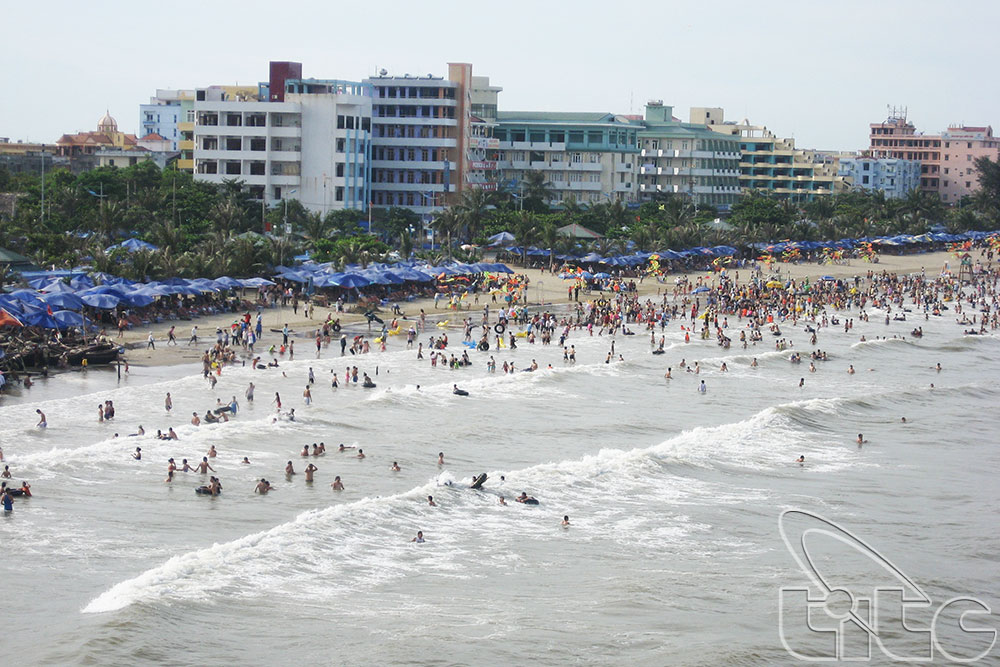
Sam Son Beach
With the coastline of 102km, Thanh Hoa has many beautiful beaches such as Sam Son (Sam Son Town), Hai Tien (Hoang Hoa District), Hai Hoa (Tinh Gia District), of which the most outstanding is Sam Son Beach, 16km to the southeast of Thanh Hoa City. The beach was exploited by the French in the early 20th century. Being one of the most famous tourist sites in Viet Nam, stretching nearly 6km from Lach Hoi Estuary to Truong Le Mountain Foot, Sam Son has sloping sand, strong wave, crystal blue water and moderate concentration of salt good for health. In addition to beautiful beaches, the Mother Nature favors Sam Son with unique landscapes, namely Trong Mai Islet, Doc Cuoc Temple, Co Tien Mountain…
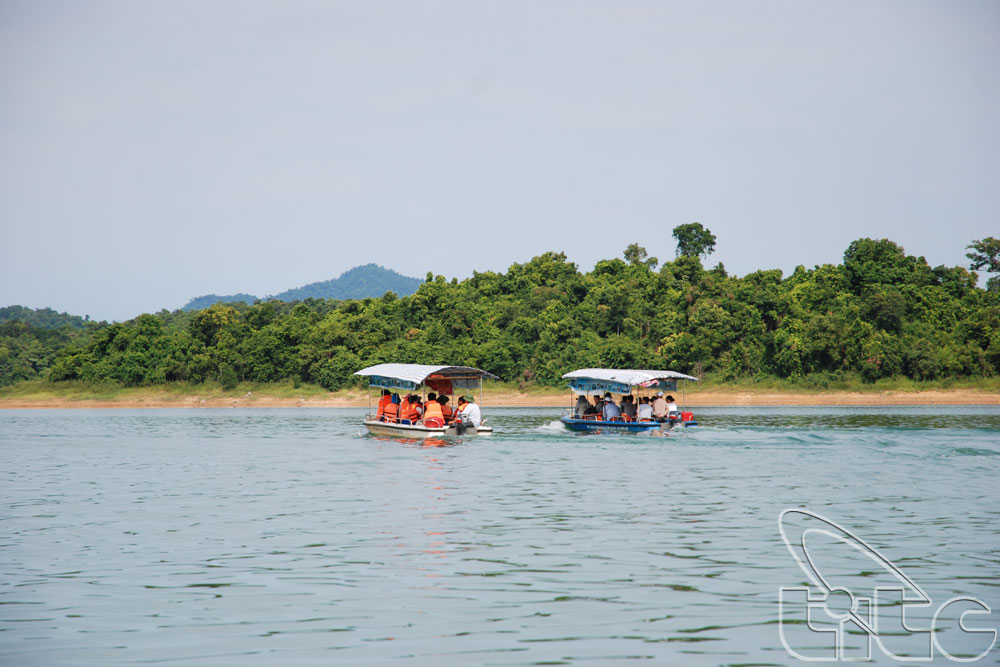
Ben En National Park
Besides sea resource, Thanh Hoa also has diversified forest resource with national parks and nature reserves to preserve and protect genes of rare fauna and flora, typically Ben En National Park in Nhu Xuan and Nhu Thanh districts, 36km to the southwest of Thanh Hoa City. With the total area of 15,000ha, Ben En not only has a complex of mountains, forests, rivers and lakes especially 4,000ha Song Muc Lake with over 20 islands but also includes caves with shimmering stalactite. Ben En National Park is home to 1,460 fauna and 1,417 flora, including many rare species such as red wolf (cuon alpinus), land phoenix (buceros bicornis), ursus thibetanus, fire panther (pardofelis temminckii)…; erythrophleum fordii, chukrasia velutina, parashorea chinensis, fagraea fragrans… This is also the ideal location for visitors to participate in outdoor activities like picnic, camping, fishing, catching crabs… or visiting villages of Muong and Thai people.
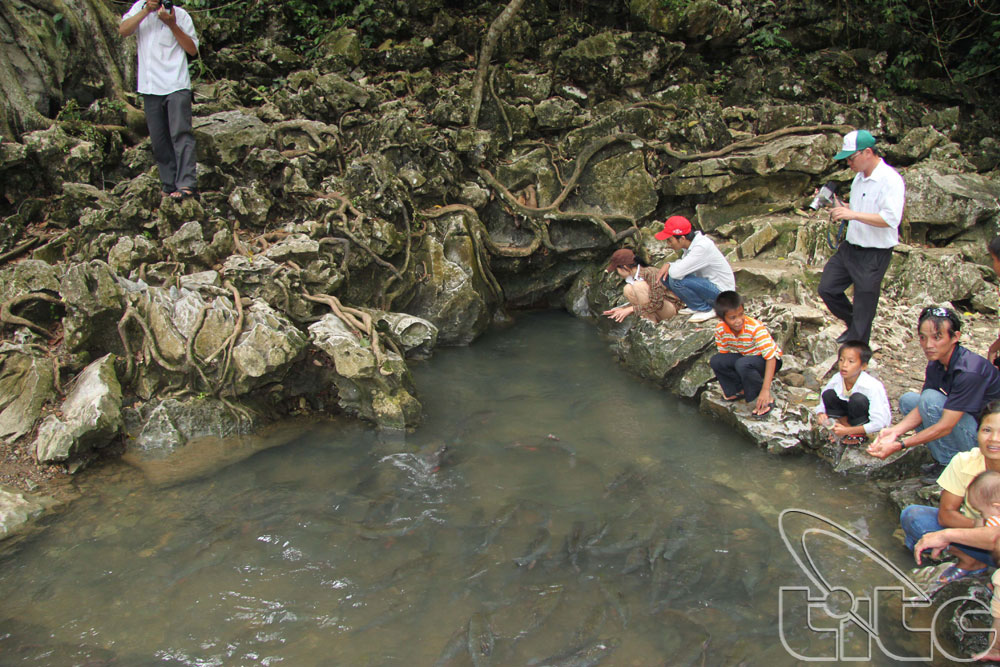
Cam Luong God Fish Stream
Thanh Hoa is also known for the story of god fish in Cam Luong Commune, Cam Thuy District, 80km to the northwest of Thanh Hoa City. The school of gioc fish (spinibarbichthys denticulatus) consists of thousands fishes living in the stream of about 150m long, 3m wide. Locals consider them as god fishes so they volunteer to protect them with the wish of having a prospect life.
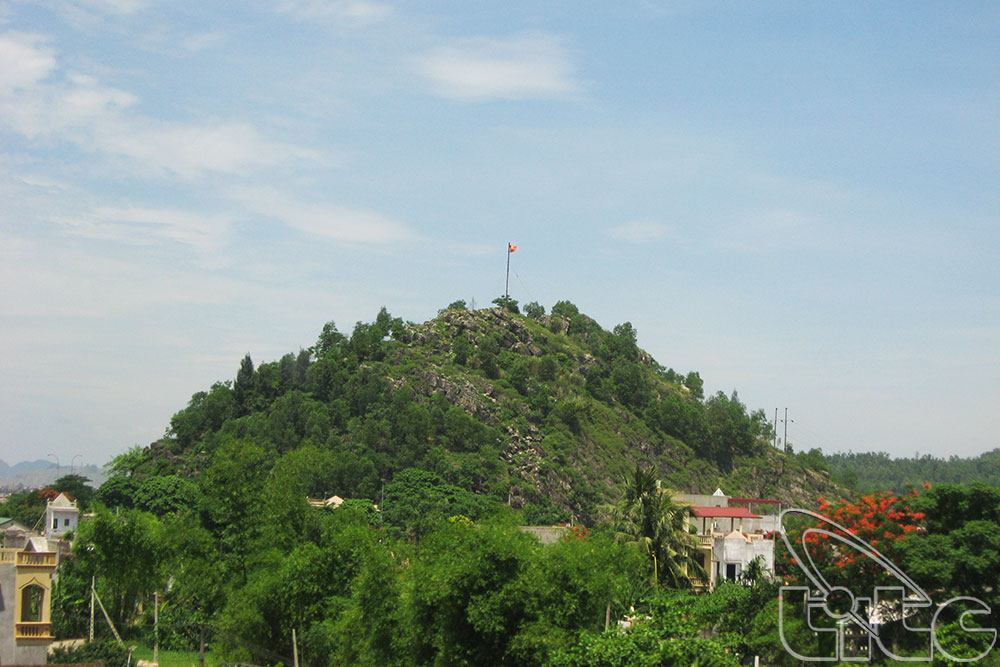
Ham Rong Historical Vestige
Thanh Hoa is the land of great history and traditional culture. Many historical and cultural vestiges have been preserved and restored to attract locals and visitors visiting and worshipping. One of provincial famous historical vestiges is Ham Rong – Ma River (Ham Rong Ward, Thanh Hoa City), witnessing glorious victories of Thanh Hoa’s army and people in the resistance war against American Empire. Ham Rong is the last mountain of the mountains range spreading out in the right bank of Ma River, from Duong Xa Village (Thieu Duong Commune, Thieu Hoa District) to the Ham Rong Bridge. This mountain has the shape of dragons surrounding pine-tree hills and valley. Now, Ham Rong is being planned to become culture tourism area with outstanding works, such as Dong Son Ancient Village, Canh Tien Mountain, Tien Son Cave, Mat Rong Cave, Tran Khat Chan Temple, Le Uy Temple, Tang Phuc Pagoda…
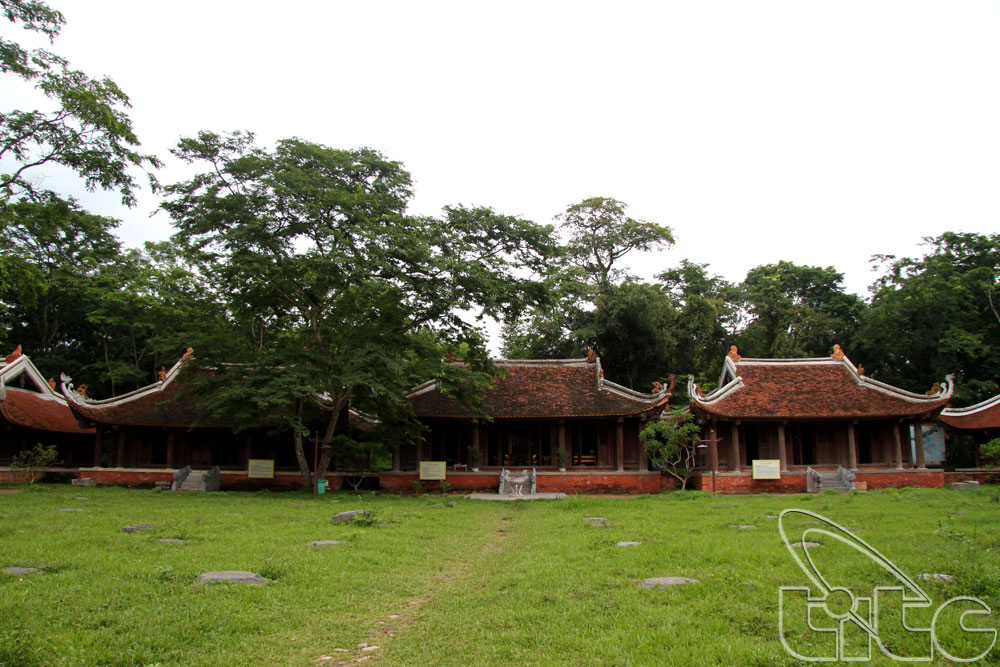
Lam Kinh Historical Vestige
Built on Lam Son land, the hometown of national hero Le Loi and the beginning place of Lam Son uprising, Lam Kinh historical vestige belongs to Lam Son Town and Xuan Lam Commune (Tho Xuan District), Kien Tho Commune (Ngoc Lac District), 50km to the west of Thanh Hoa City. Now, Lam Kinh historical vestige has the total preservation area of 200ha with typical architectures such as Lam Kinh Sanctum, Thai Mieu, Dragon Yard, tombs of Kings of Le Thai To, Le Thai Tong, Le Thanh Tong, Le Hien Tong, Le Tuc Tong, tomb of Empress Ngo Thi Ngoc Giao... Besides, there are other relics of historic, cultural and scientific values.
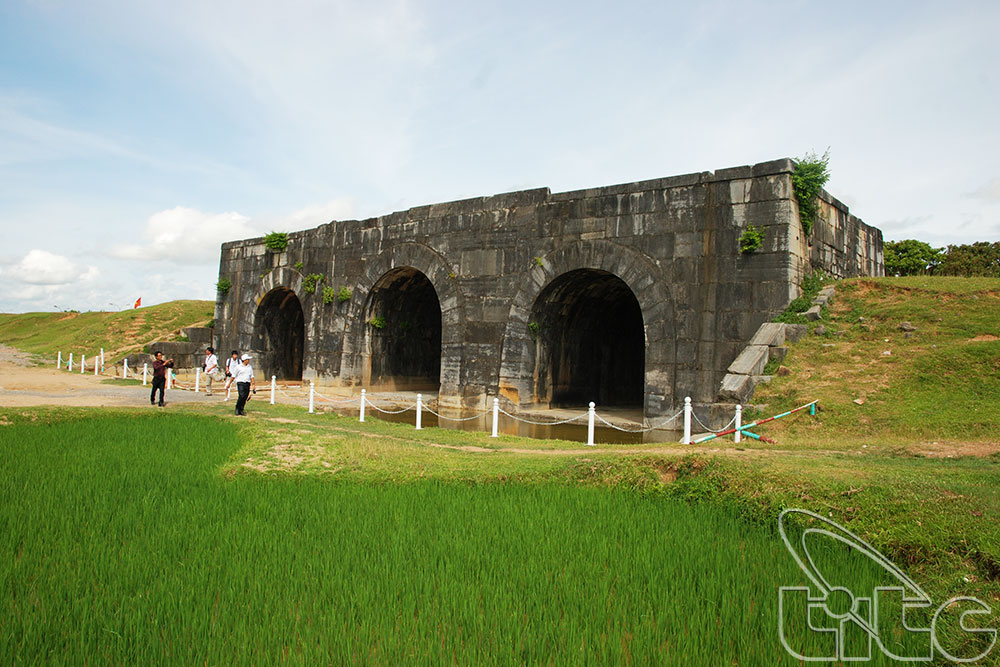
Citadel of Ho Dynasty
World Cultural Heritage of Citadel of Ho Dynasty located between plains in the basins of Ma River and Buoi River, Vinh Loc District, 45km to the west of Thanh Hoa City is the must-see destination. With the total area of 5,234ha, Citadel of Ho Dynasty includes Thanh Noi, Hao Thanh, La Thanh and Nam Giao Altar. This was the capital of Viet Nam from 1398 to 1407, built under command of Ho Quy Ly in 1397. Thanks to unique construction techniques and sustainable materials, especially large stone plates, Citadel of Ho Dynasty’s architectural scale and landscape remain almost untouched even in underground. This is considered as the only stone citadel remain in Southeast Asia and one of the few remains in the world.
With diversified tourism potential, Thanh Hoa has the conditions to develop many types of tourism such as marine tourism, ecotourism, culture-history tourism… and gradually asserts Thanh Hoa tourism’s position in North Central Region and Viet Nam.
Ha My